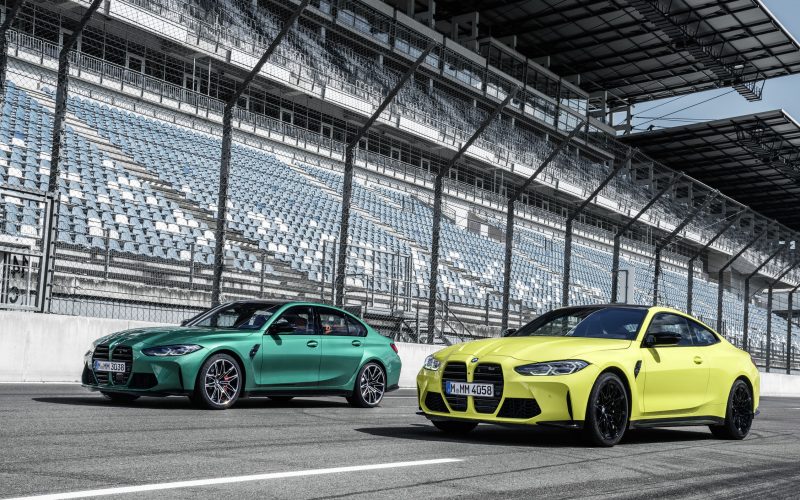
Reading Time: 9 minutesJust when we thought 2020 couldn’t get any stranger, BMW created a twitterstorm of its own
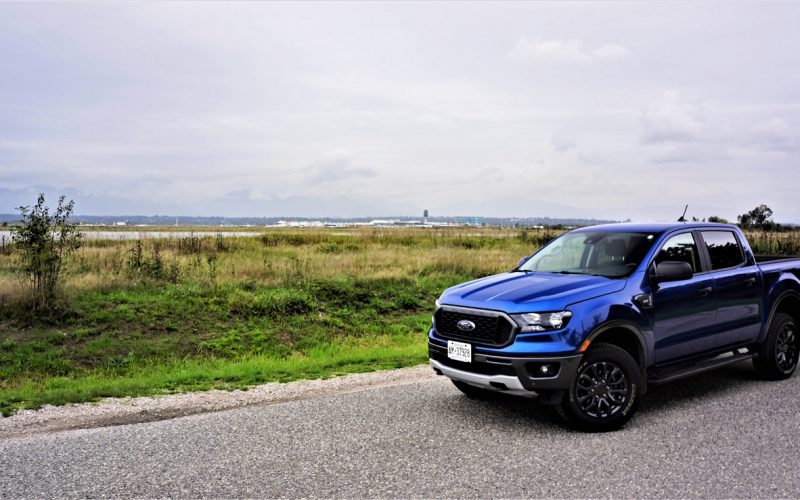
Reading Time: 12 minutesI promised myself not to harp on Ford for giving up on the midsize pickup truck
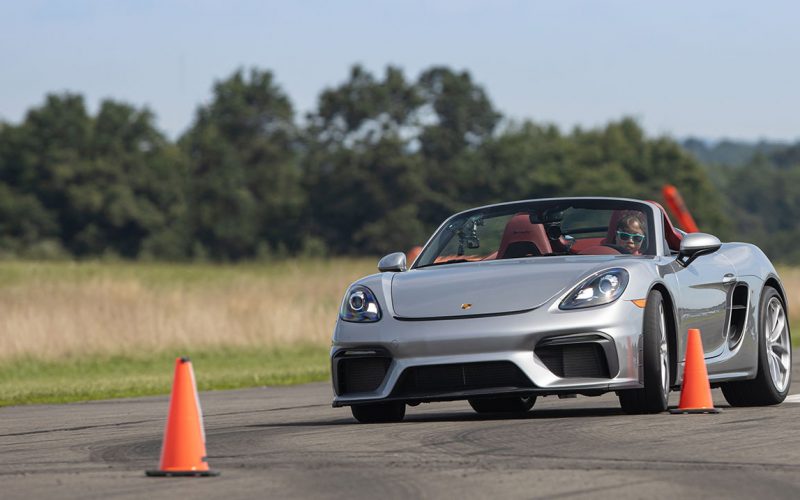
Reading Time: 3 minutesIt’s official, a new Guinness World Record for fastest slalom time has been set by 16-year
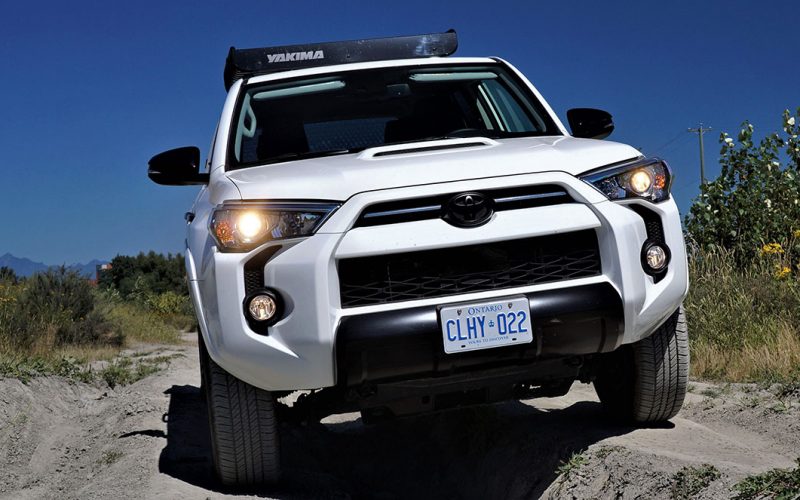
Reading Time: 13 minutesIf you’re the adventurous type and therefore require something to get you as far into (and
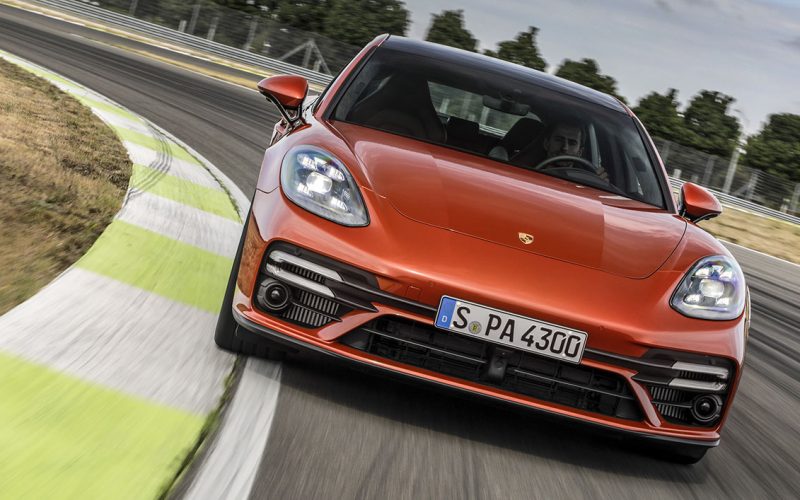
Reading Time: 7 minutesWhat’s the world’s best sport-luxury sedan? Many would point to Porsche’s Panamera on performance alone, despite
© 2025 The Car Magazine. All Rights Reserved, Privacy Policy | Terms of Use